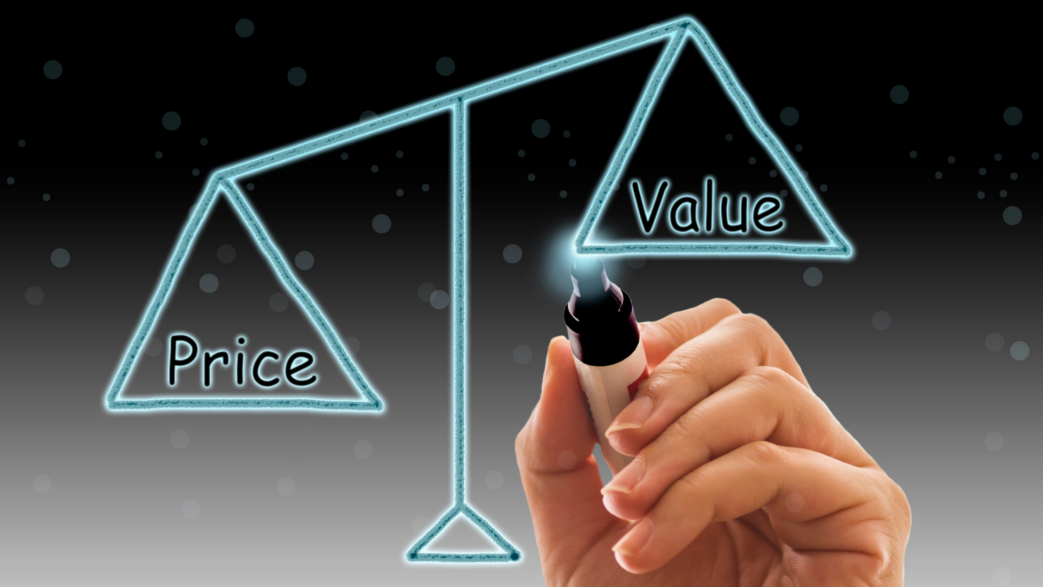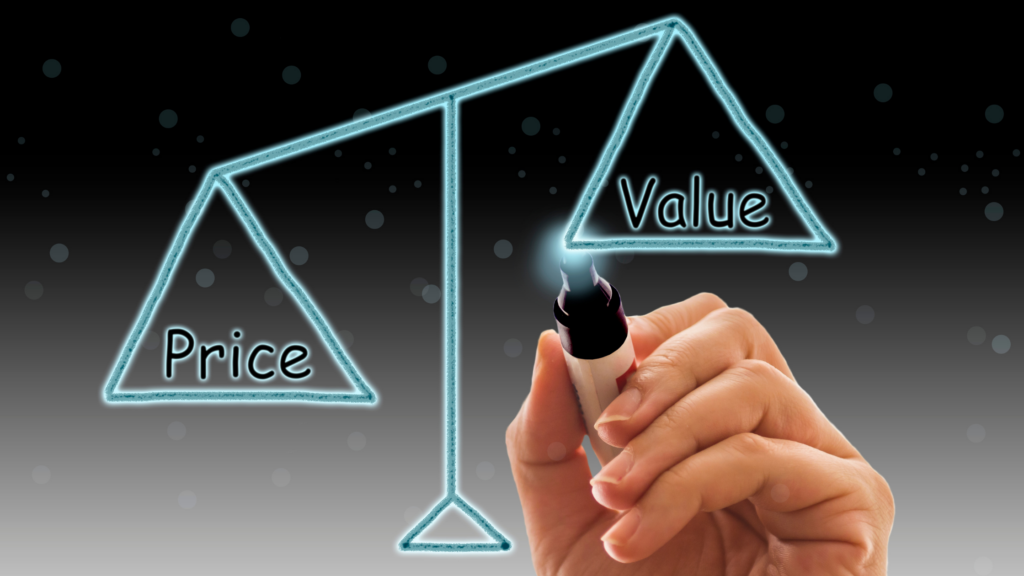Before a lender approves a mortgage or loan application, they weigh some important factors. The Loan to Value ratio is one of those important factors. A loan-to-value ratio basically measures the loan amount against the asset’s value. To calculate the LTV ratio, divide the loan balance by the value of the asset. The higher the LTV ratio is, the higher the loan amount you will need to pay. In the time you pay off your mortgage or loan, your LTV ratio decreases as the value of the asset appreciates.
Let’s use an example to explain how loan-to-value works. One of my clients recently purchased a commercial building worth $1,000,000 and needed to take out a loan of $800,000 to finance the purchase. If your loan amount is $800,000 and the value of the asset is $1,000,000. Based on the calculation, your loan-to-value ratio is 80%.
$800,000 ÷ $1,00,000 = .80 or 80%
But why Are Loan-to-Value Ratios So Important? Here are 3 important reasons.
1. Higher Loan to Value Ratio (LTV) Requires Mortgage Default Insurance
Any down payment less than 20% of the purchase price requires mortgage default insurance. In the example above, if 80% is financed by the lender, the remaining cost of the home is financed by the buyer, which leaves the client to make 20% down payment on the total purchase price of the commercial building.
The client is responsible for Mortgage default insurance monthly, which protects the lender in the event of a default on mortgage payments.
2. LTV Determines Project Risk
Lenders use loan to value ratios to determine project risk. The higher the LTV, the riskier it is for your lender to loan you a down payment. This is because the larger dollar value of the asset is being borrowed. The lender is contributing more of their money than what they feel the asset is worth. The borrower is also at a higher risk of defaulting on the loan.
Lenders prefer to deal with lower LTVs in order to minimize their risk. Generally speaking, higher LTVs come with higher interest rates to offset this risk, while lower LTVs tend to come with lower rates.
3. Higher Loan to Value Ratio Means Higher Loan Payments
Higher loan to value also determines higher loan payments.
Regardless of your loan to value ratio, The Mortgage Fellow assists higher-risk clients to obtain mortgages and loans. I have over 200 lenders available to work with you in Canada and over 50 lenders in the US. Many of my clients are mortgage brokers who can’t get loans for their clients. If there is a light at the end of the tunnel, I’ll find it. Don’t give up your dream of ownership, contact me today.


